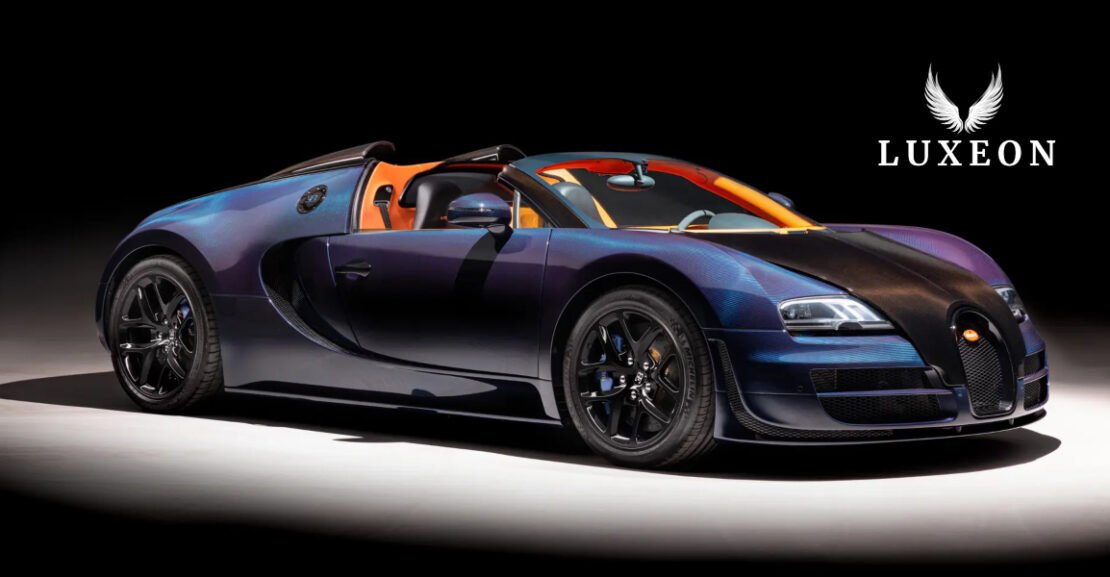In 2005, Bugatti didn’t just build a fast car — it built a manifesto.
The Veyron 16.4 wasn’t merely an engineering project; it was a statement that the limits of physics could be bent by human ambition. Two decades later, the Veyron still stands as the moment when the automotive world collectively held its breath — and the definition of “possible” changed forever.

From an Impossible Dream to an Unshakable Icon
At the turn of the millennium, Ferdinand Piëch, then head of the Volkswagen Group, laid down a challenge that bordered on madness:
Create a road car with over 1,000 horsepower, capable of exceeding 400 km/h (249 mph) — and make it as easy to drive as a luxury sedan.
The prototypes — the EB18/3 Chiron and EB18/4 Veyron — hinted at what was coming, but the final product would exceed even Piëch’s imagination. The Veyron 16.4 combined four turbochargers, sixteen cylinders, and an obsession with perfection into something the world had never seen before.
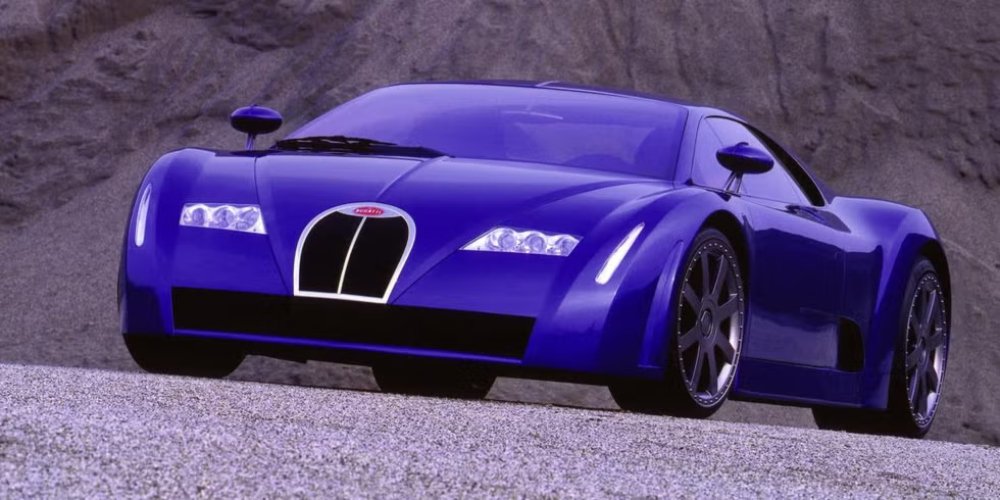
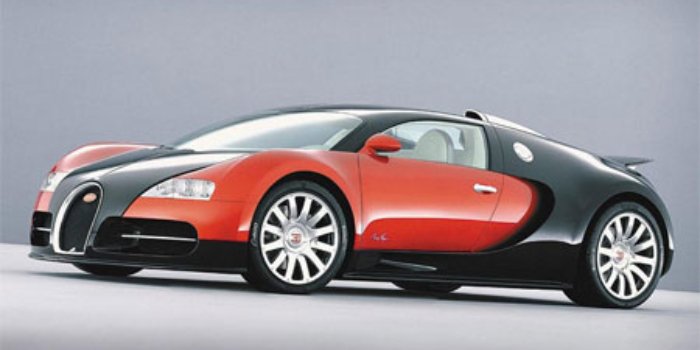
Crafted by Hand: Engineering Meets Art
Every Bugatti Veyron was assembled in Molsheim, Alsace, inside a spotless, almost clinical atelier.
No conveyor belts, no robots — just artisans, engineers, and silence broken only by the sound of precision tools.
Between 2005 and 2015, Bugatti built just 450 examples:
- Veyron 16.4 Coupé → 252 units
- Grand Sport → 58 units
- Super Sport → 48 units
- Grand Sport Vitesse → 92 units
Each one was tailor-made, from two-tone paint schemes to handcrafted interiors. No two cars are identical — not even close.
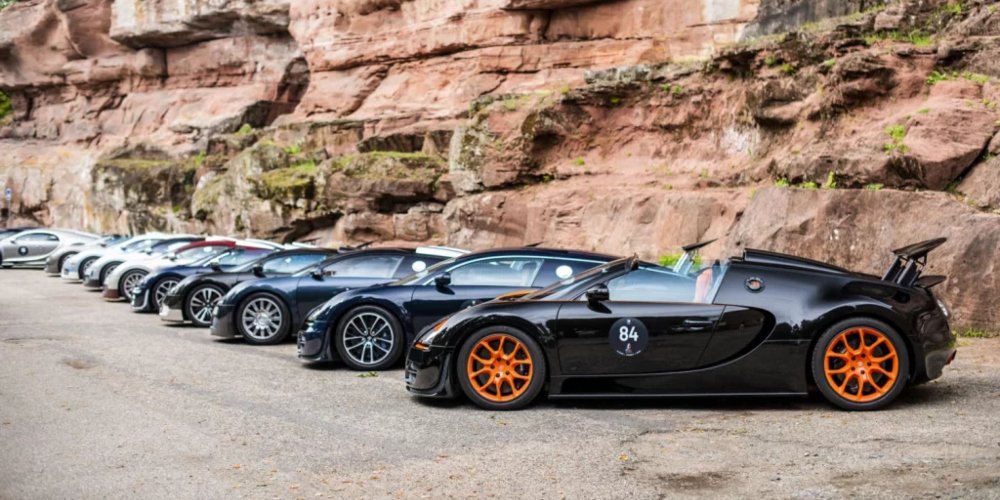
The Key Versions That Defined a Legend
Veyron 16.4 (2005–2011)
The original masterpiece.
Powered by a W16 8.0-liter engine delivering 1,001 hp and 1,250 Nm, mated to a 7-speed dual-clutch gearbox and all-wheel drive.
- 0–100 km/h: 2.5 s
- Top speed: 407 km/h (253 mph)
It was the first production car to break the 400 km/h barrier.
Veyron Grand Sport (2009–2015)
An open-top version with reinforced chassis and removable roof panels.
Same numbers, same serenity, but with wind as part of the experience.
Veyron Super Sport (2010–2011)
The pinnacle of power and aerodynamics. With 1,200 hp, the Super Sport reached 431.072 km/h (267.8 mph), earning an official world speed record.

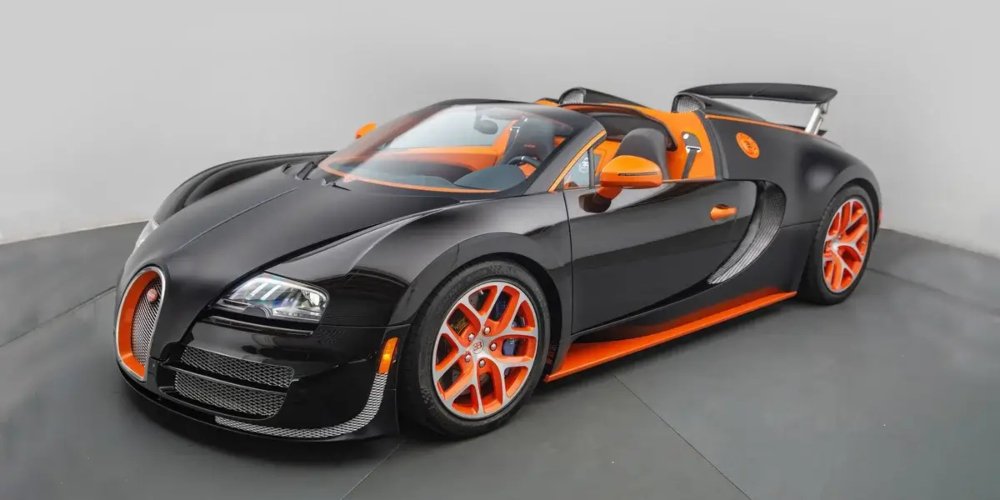
Veyron Grand Sport Vitesse (2012–2015)
A fusion of open-air thrill and top-tier performance.
408.84 km/h (254 mph) — the fastest roadster ever built.
Exclusive Editions
From Pur Sang to Sang Noir and the Bugatti Veyron by Hermès, these bespoke versions transcended automotive engineering to become rolling art pieces.

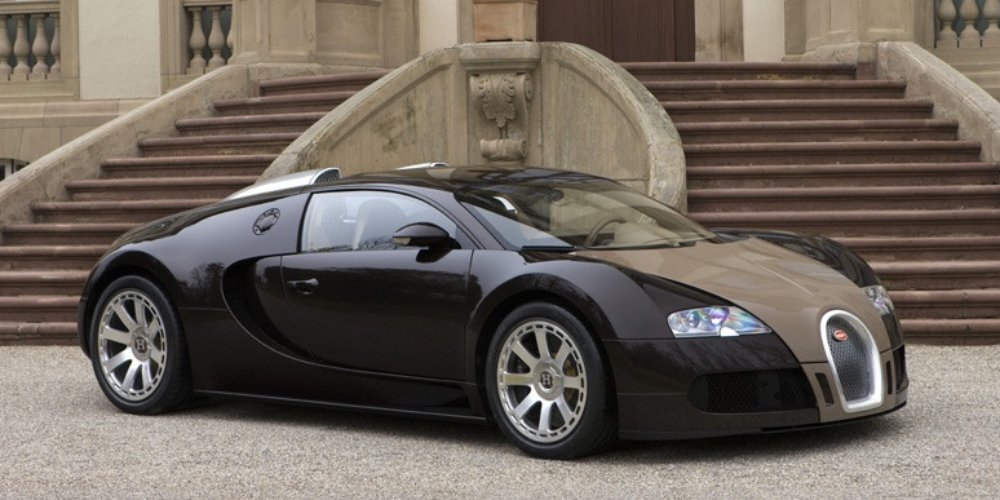
Koenigsegg Sadair’s Spear: Track-Ready, Road-Legal
A Symphony of Extremes: Why the Veyron Was Unlike Anything Else
Every component of the Veyron was designed from scratch — because nothing like it had ever existed.
The Heart: A W16 That Shouldn’t Exist
The Veyron’s soul was a W16 engine, essentially two narrow-angle VR8s joined on a single crankshaft.
With 64 valves and four turbochargers, it produced a sound unlike any other — deep, mechanical, and relentless.
At full throttle, the engine inhaled 45,000 liters of air per minute — enough to empty an entire room every two seconds.
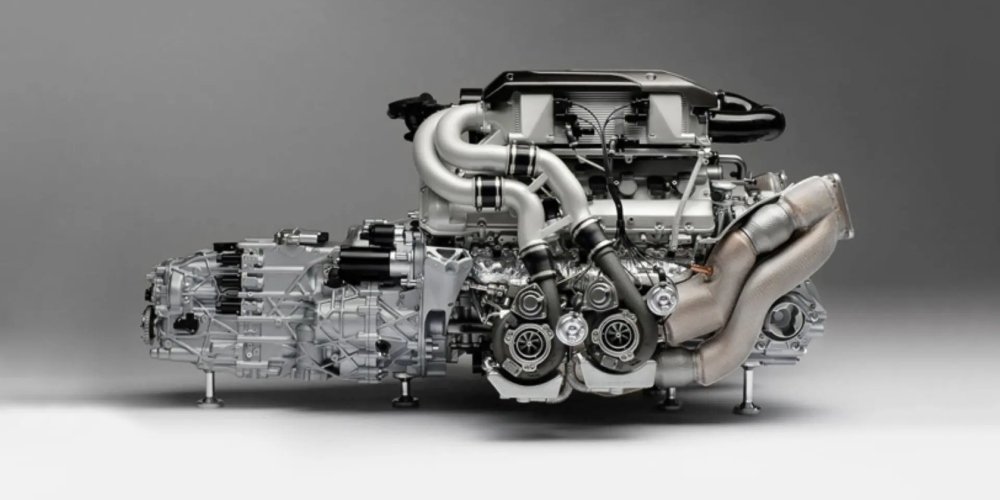
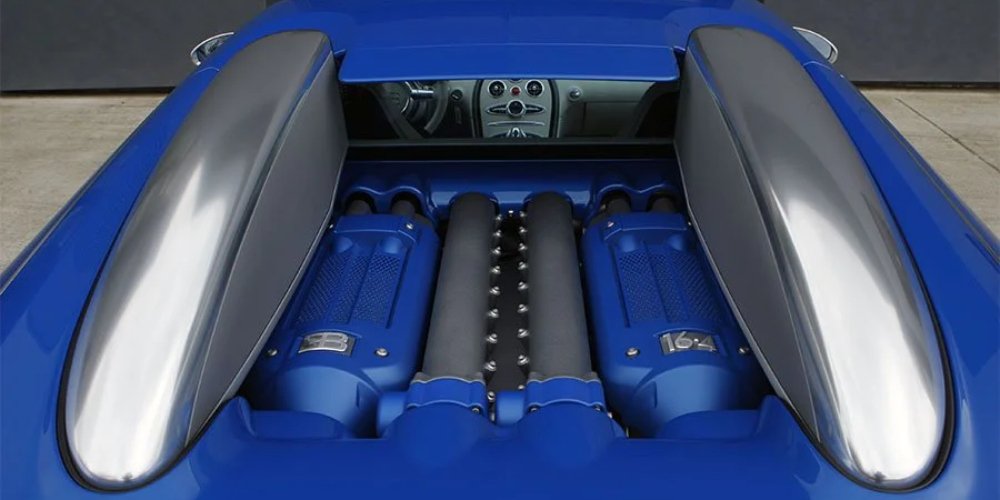
Cooling the Impossible
Keeping that beast alive required:
- 10 radiators for the engine, oil, transmission, differential, and A/C.
- Over 40 liters of coolant circulating through a network of titanium lines.
- Airflow at top speed exceeding 4 cubic meters per second, turning the car into a moving furnace of aerodynamic precision.
The Second Key: Unlocking Top Speed Mode
To reach its fabled 400+ km/h top speed, the driver had to insert a special second key into the floor, behind the left seat.
Only then did the Veyron enter “Top Speed Mode”, lowering its ride height, closing active flaps, and optimizing the rear wing for minimal drag.
Without that key, the car was “limited” to a mere 375 km/h.
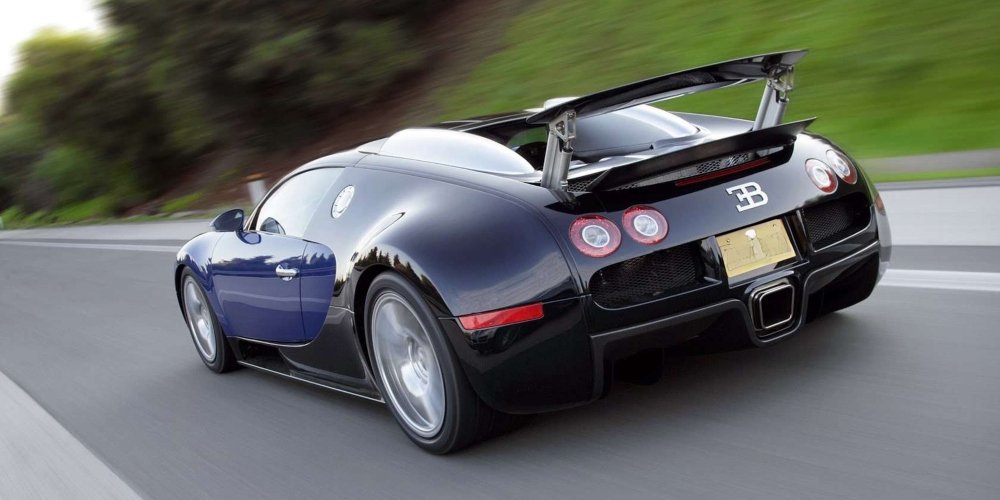
Fueling the Madness
At full throttle, fuel consumption soared to 40–45 L/100 km, with extreme tests recording peaks of up to 78 L/100 km.
The 100-liter fuel tank could empty in under 12 minutes if driven flat out.
The Tires: A World First
Bugatti turned to Michelin to create tires capable of surviving 400+ km/h.
Each set cost around €25,000, and could only be mounted at Bugatti’s own facility in Molsheim.
For the Super Sport, complete wheel-tire replacements could exceed €60,000, since the carbon wheels had to be changed every two tire fittings.

Maintenance: The Price of Perfection
Owning a Veyron wasn’t just a privilege — it was a commitment:
- Annual service: €20,000–30,000
- Full wheel and tire replacement: €60,000+
- Major 4-year service: €100,000 or more
Few cars demanded such reverence — and rewarded it so spectacularly.
Active Aerodynamics: Braking the Air
The rear wing operated in multiple modes:
- Handling Mode: maximum downforce.
- Top Speed Mode: minimal drag.
- Airbrake: under heavy braking, it flipped upright, generating 1.3 G of deceleration.
An Interior Worthy of Haute Horlogerie
Inside, the Veyron was an ode to restraint and craftsmanship.
No digital distractions, no clutter — just hand-stitched leather, machined aluminum, and the kind of tactility you only find in Swiss watches.
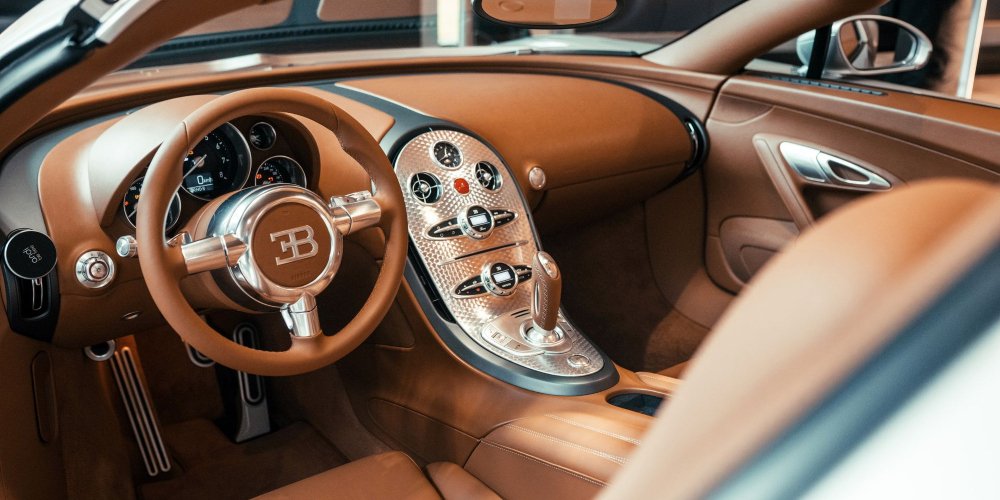
The Numbers That Shattered Records
- 0–100 km/h → 2.5 seconds
- 0–200 km/h → 7.3 seconds
- 0–300 km/h → ~16 seconds
- 0–400 km/h → ~55 seconds
- Top speed:
- Veyron 16.4 → 407 km/h
- Super Sport → 431.072 km/h
- Grand Sport Vitesse → 408.84 km/h
Numbers that, even twenty years later, still sound like science fiction.
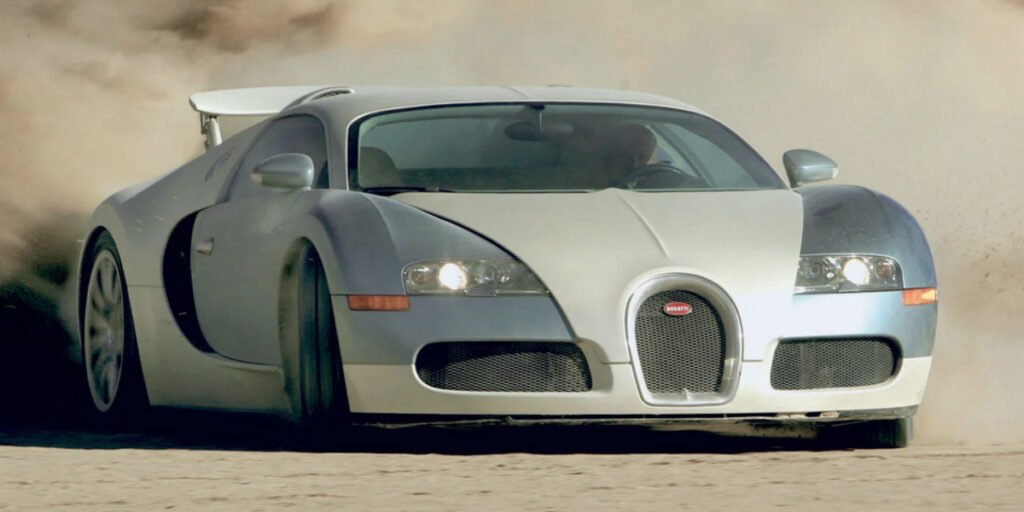
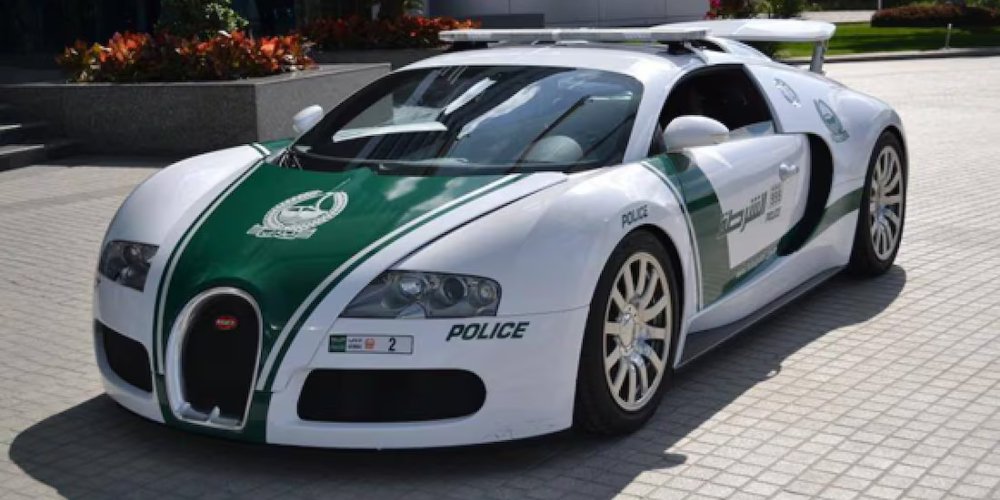
Twenty Years Later: The Legacy Lives On
The Veyron wasn’t just fast — it redefined what a road car could be.
It proved that comfort and brutality could coexist, that the impossible could be engineered, and that luxury could have no ceiling.
Its successor, the Chiron, refined the formula. But the Veyron remains the original disruptor, the car that forced every other manufacturer to look up from their blueprints and say: “How did they do that?”
Two decades on, it’s more than a machine — it’s a symbol of unrestrained human ambition, and a reminder that sometimes, building something utterly unnecessary can become the most necessary achievement of all.
Discover more stories of automotive excellence, performance, and heritage at LuxeOnCars.com/Journal where passion meets precision.

